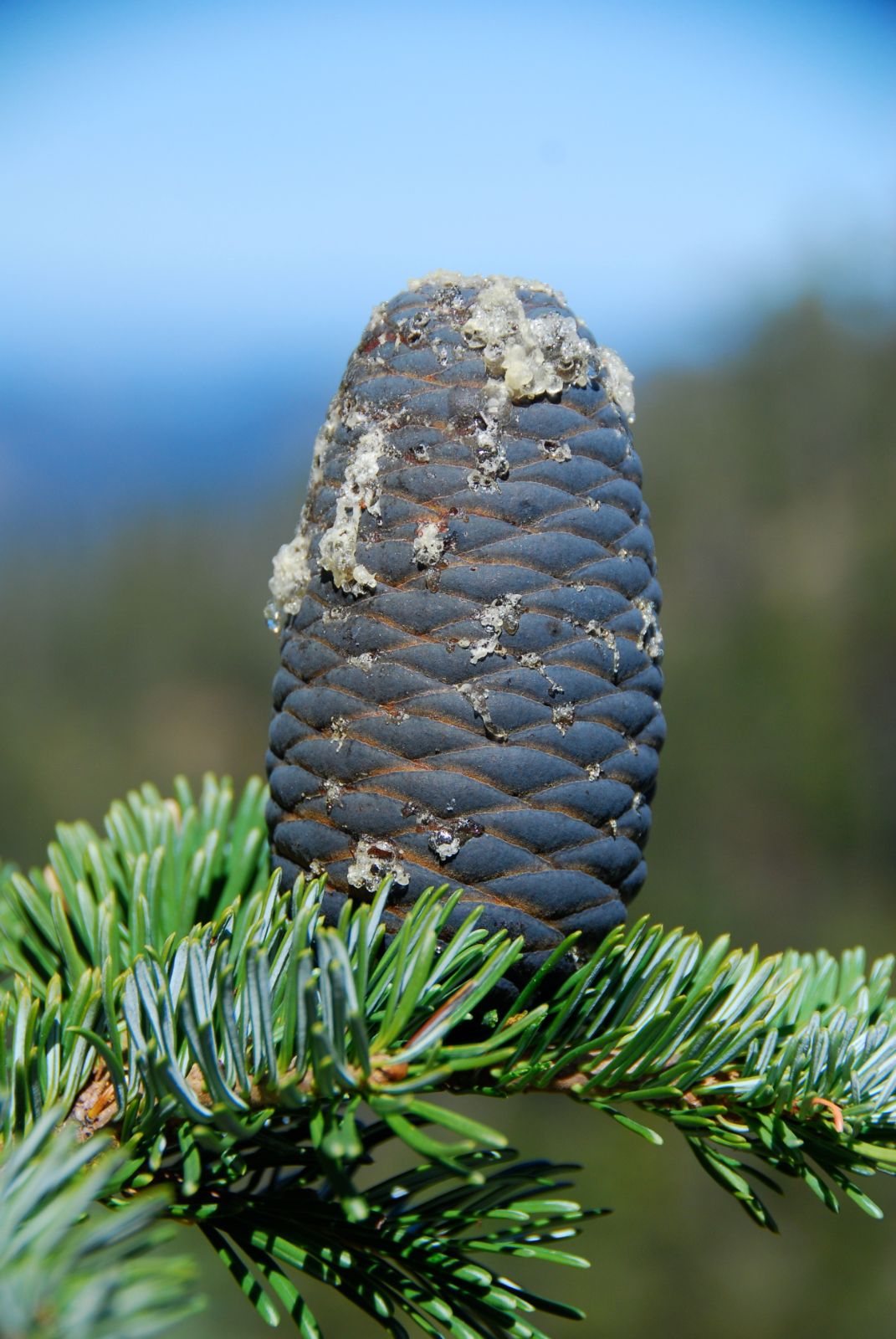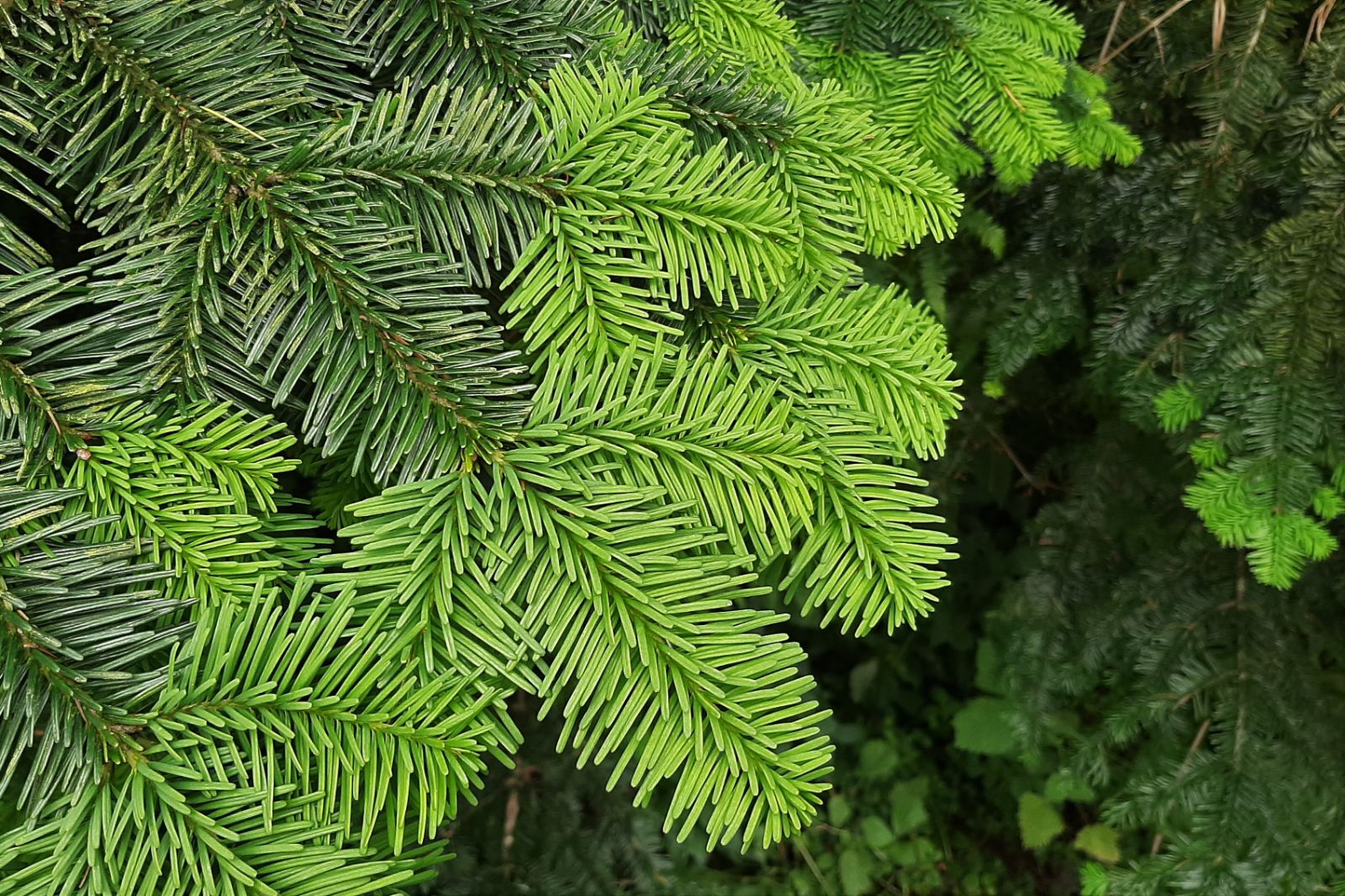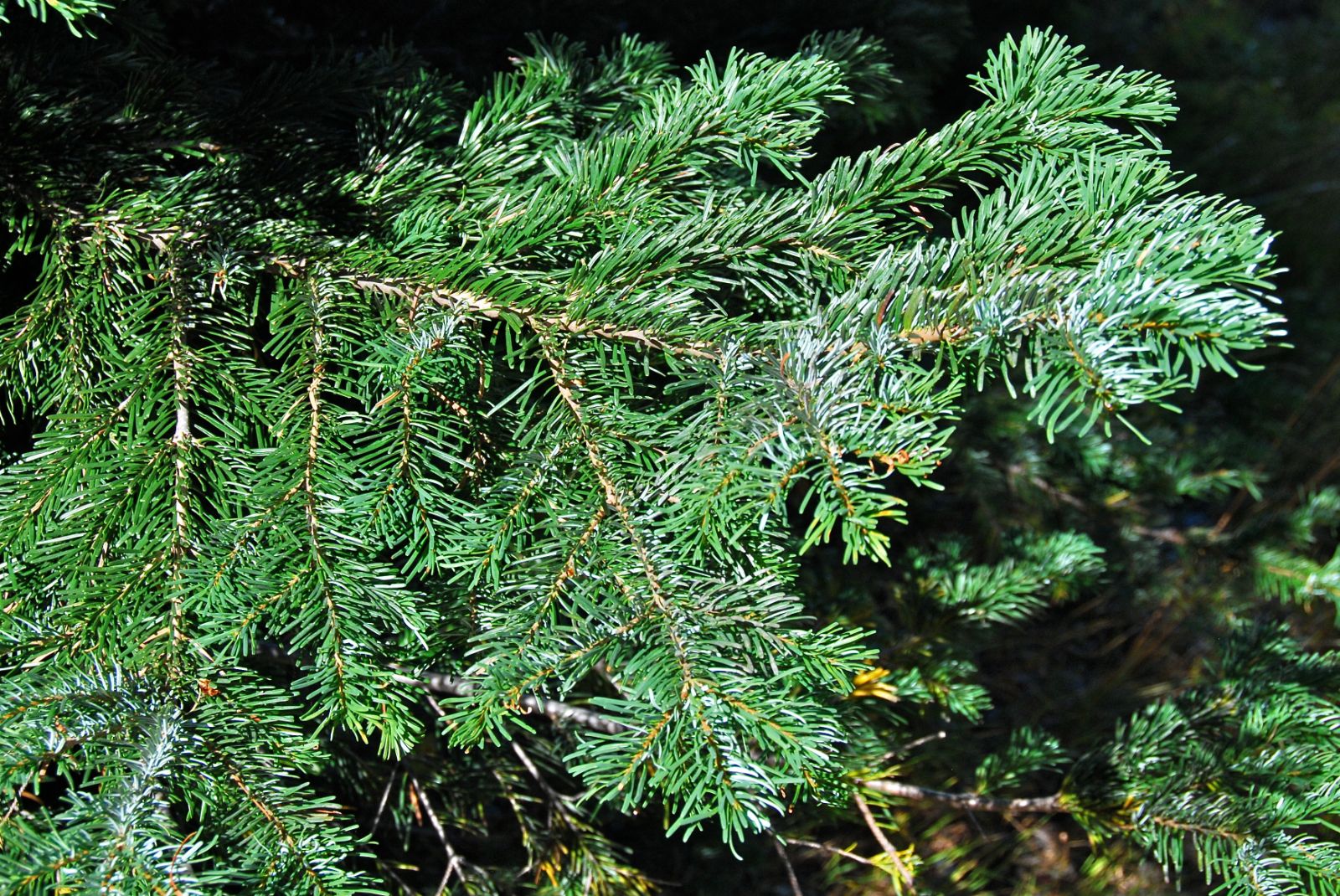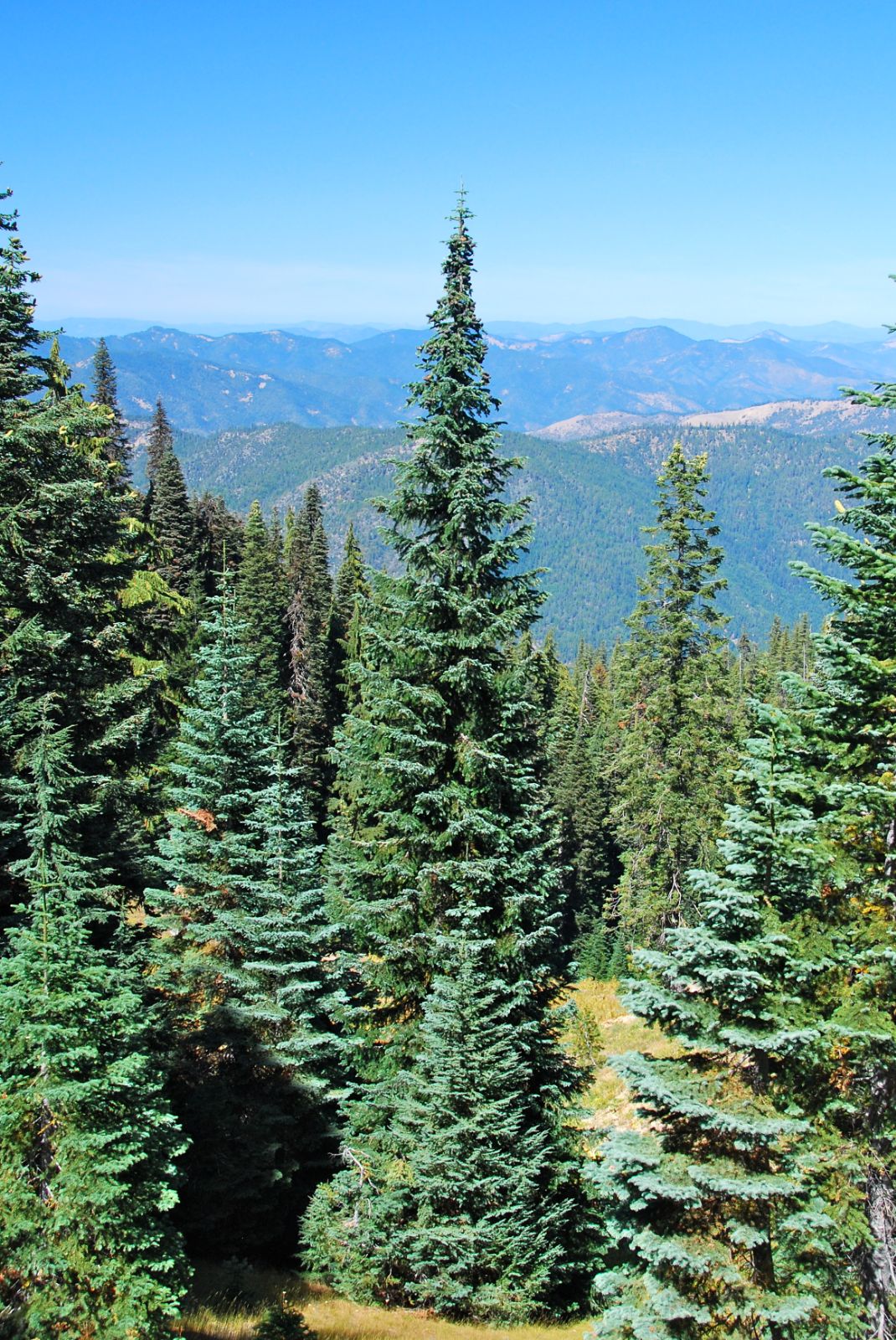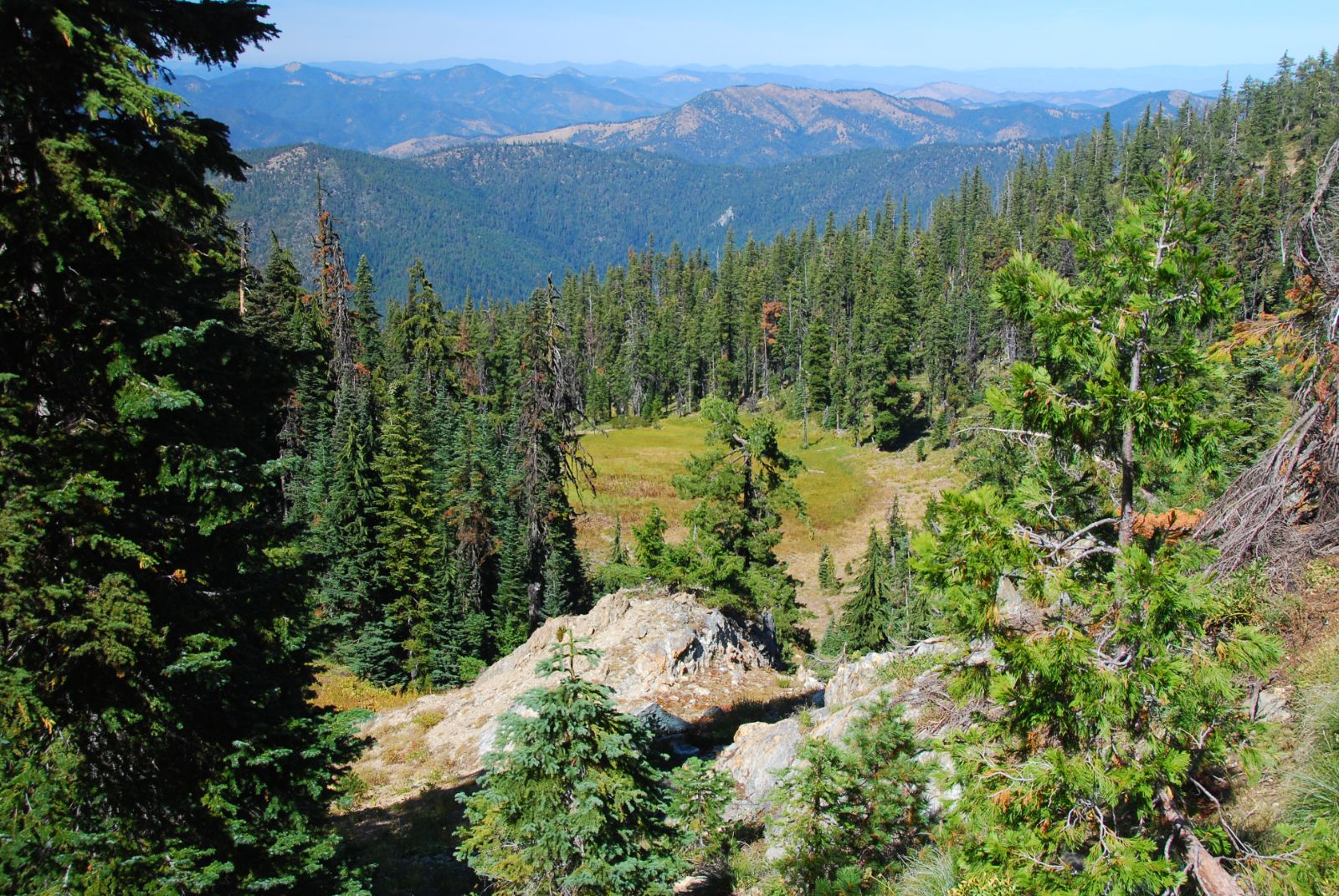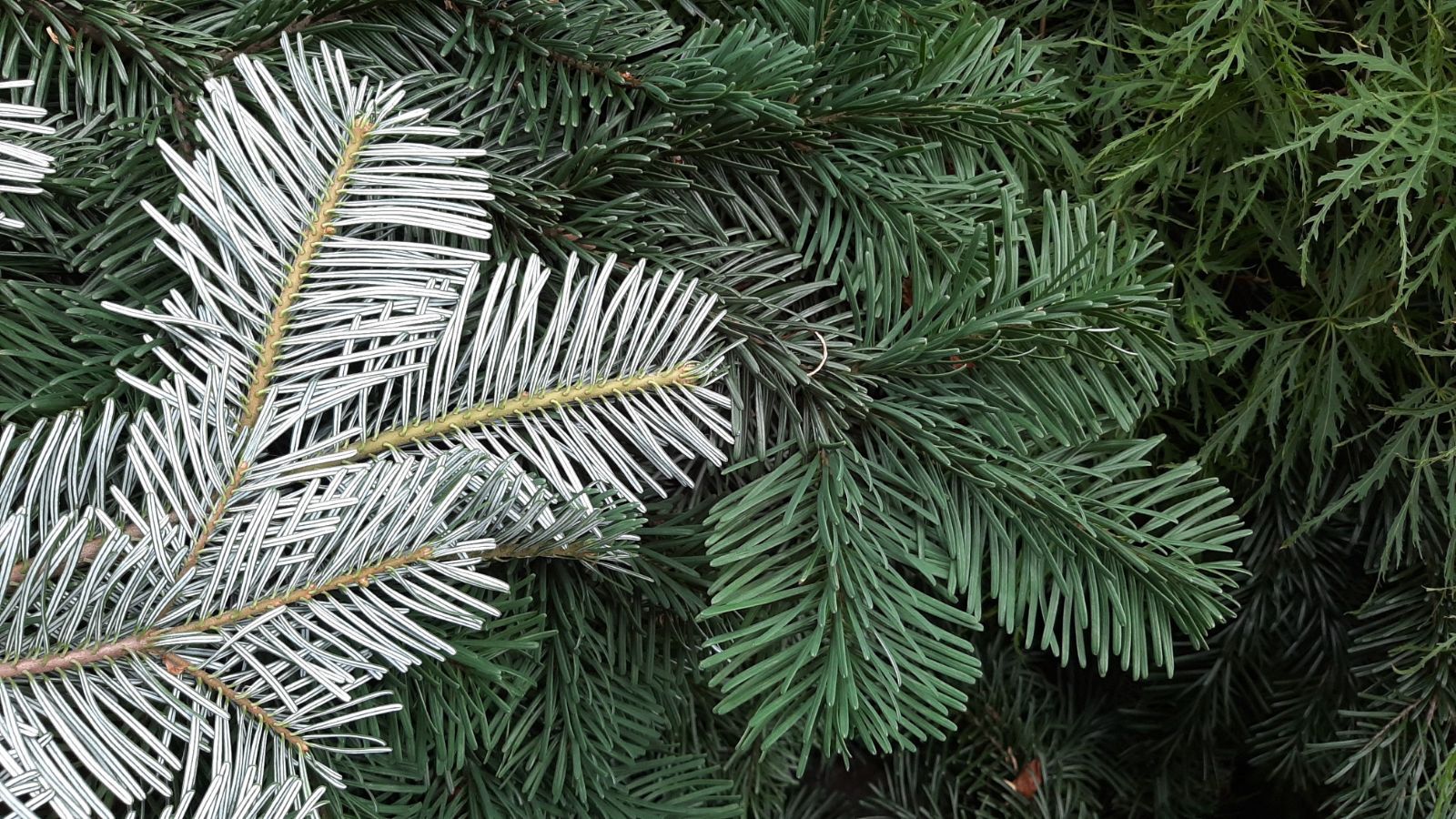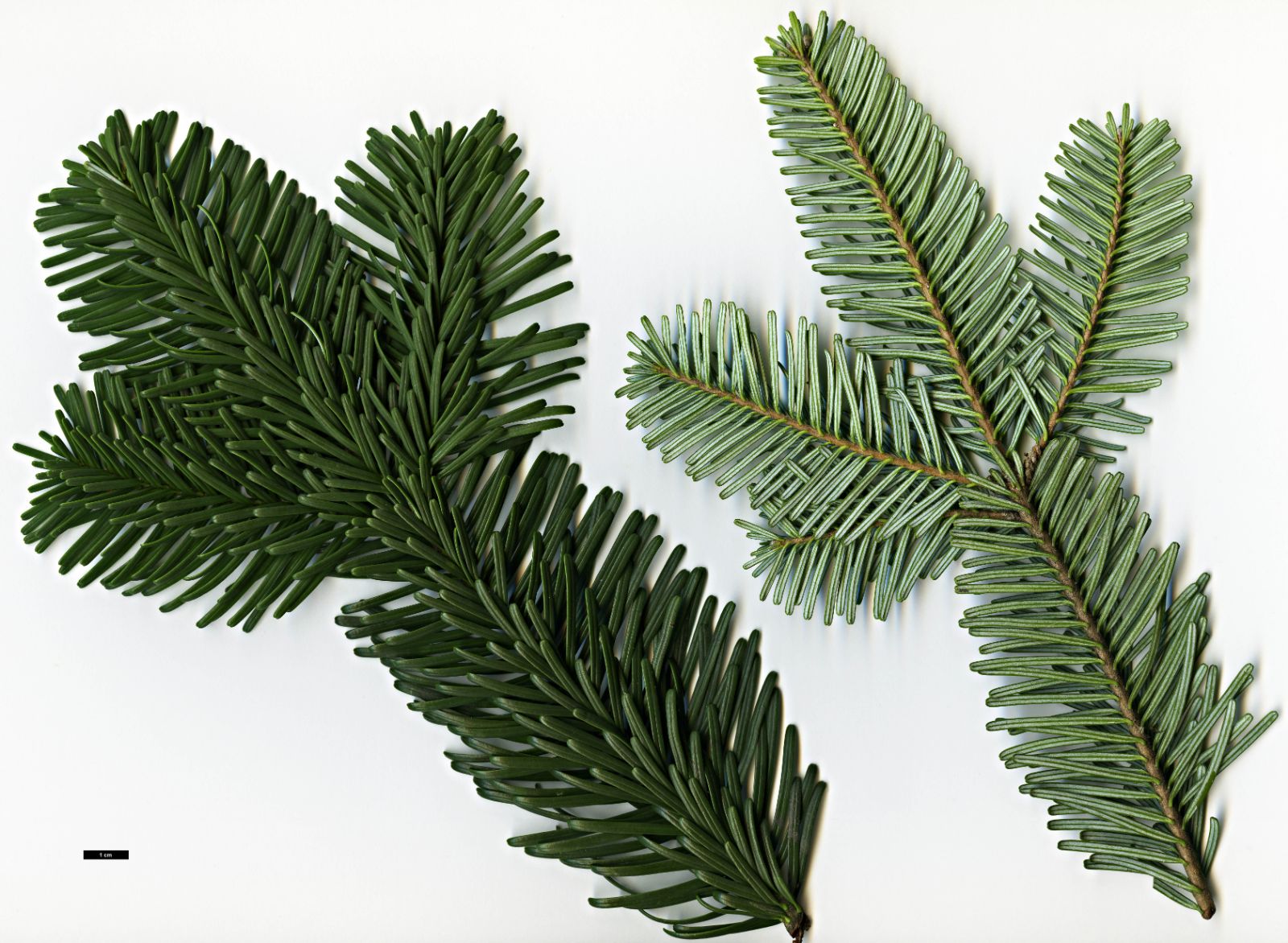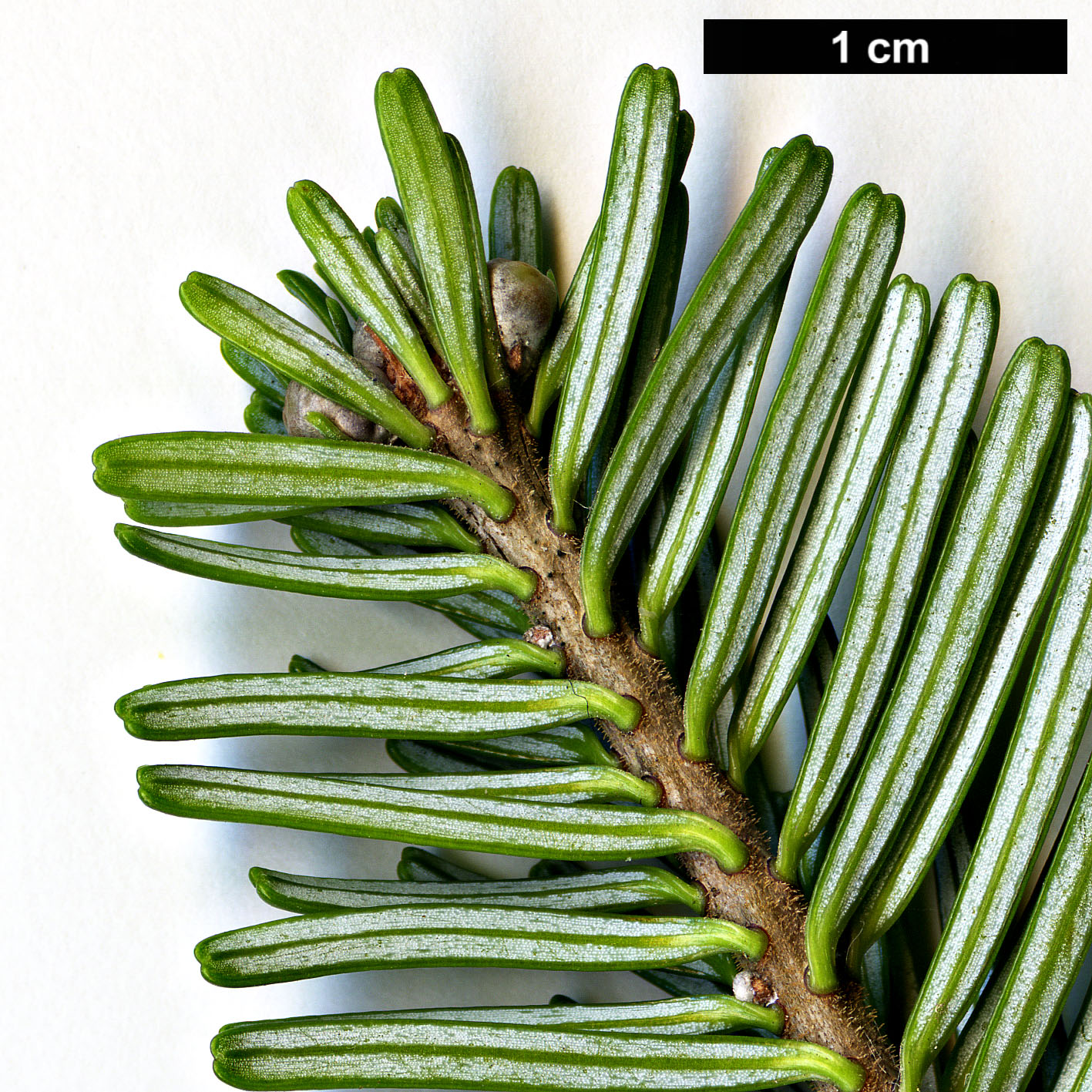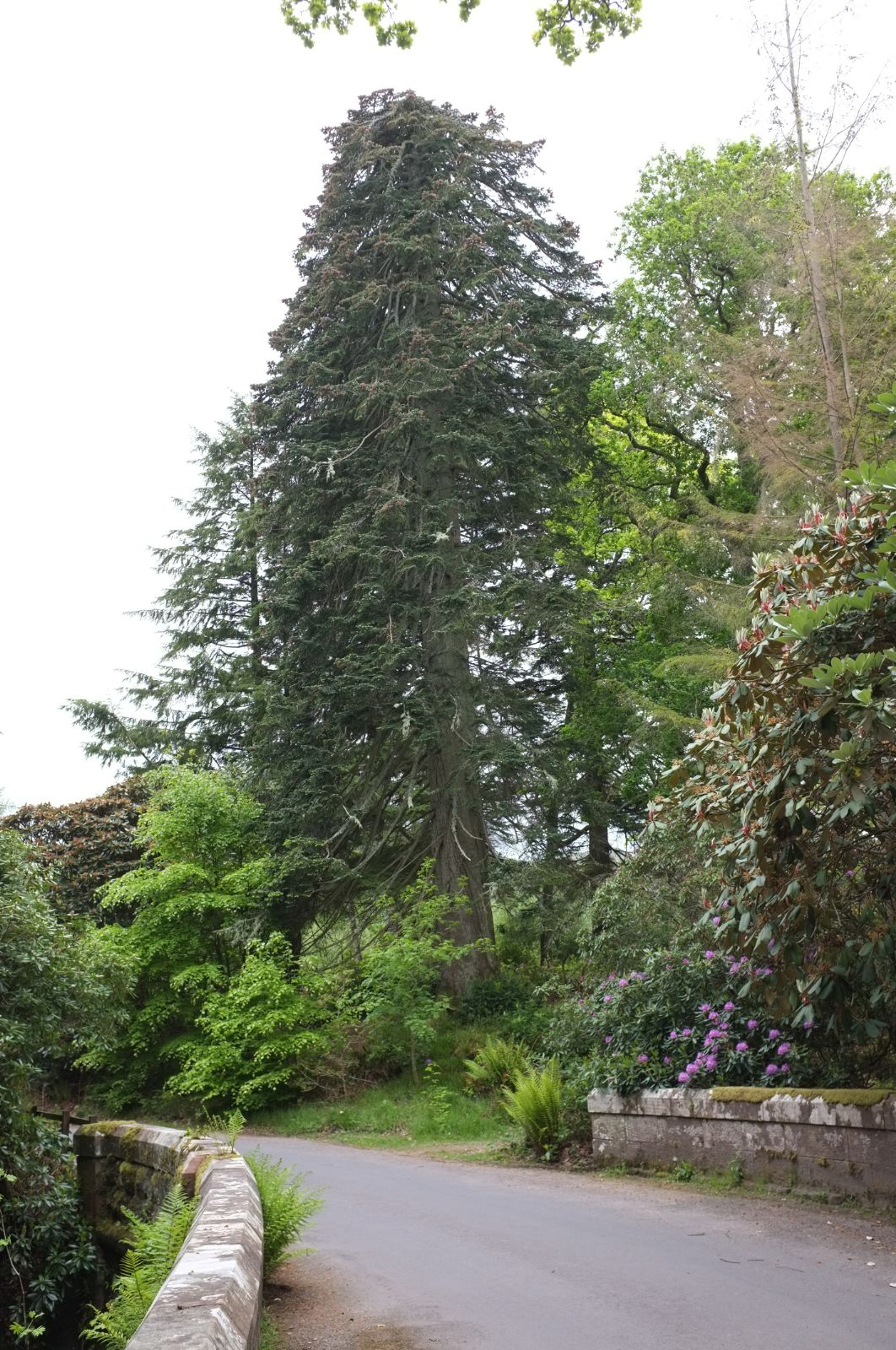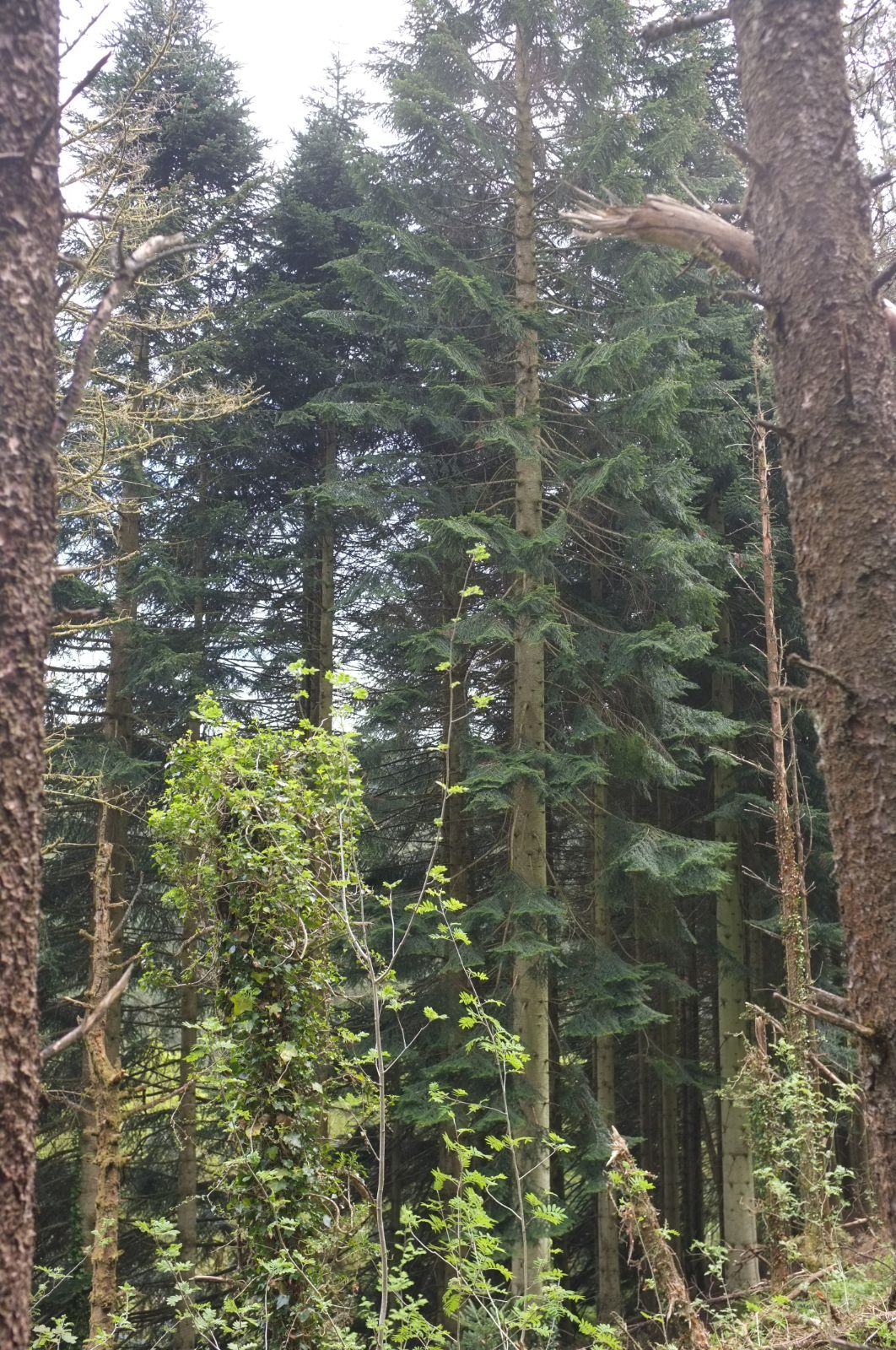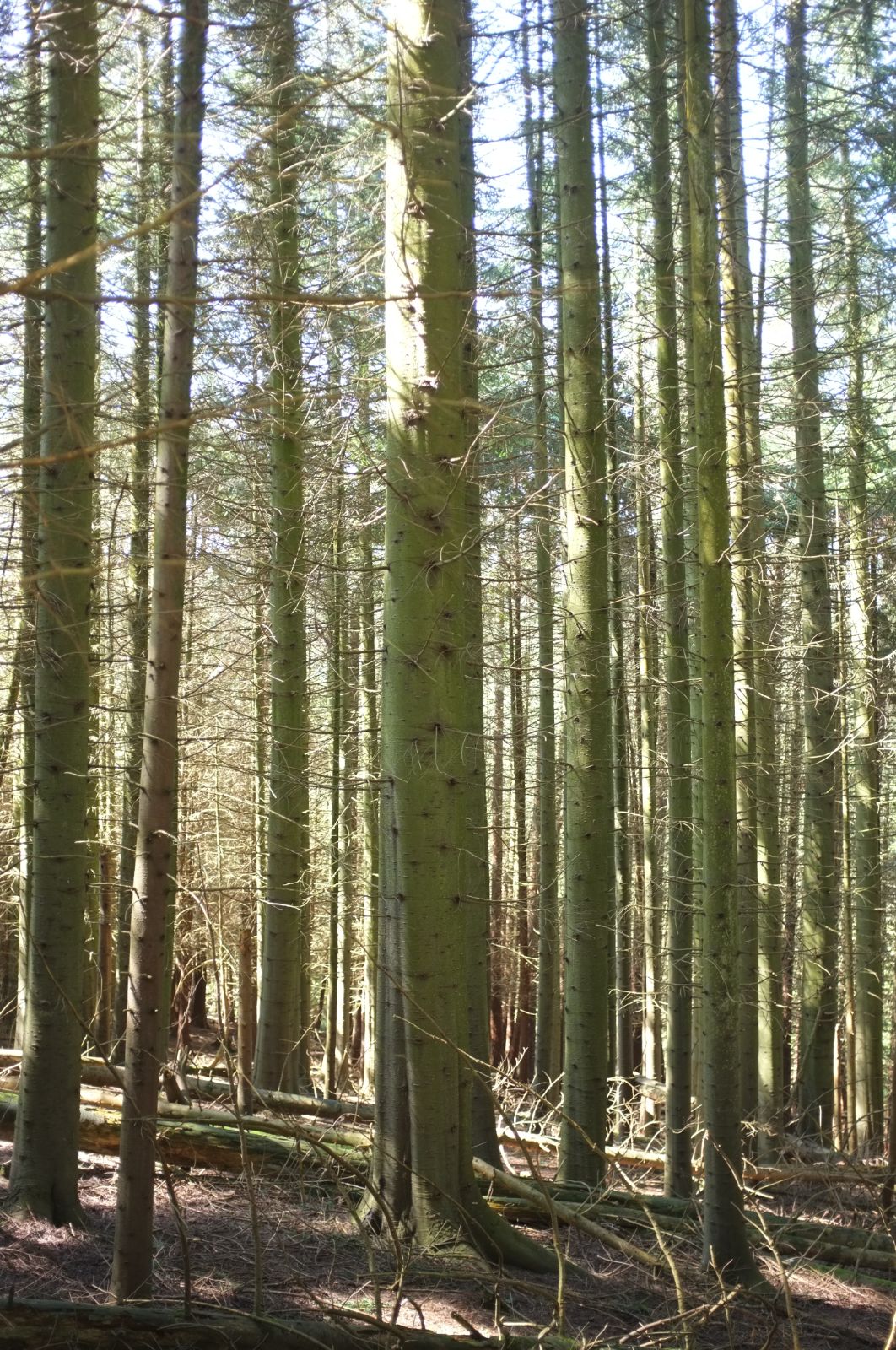Abies amabilis
Sponsor
Kindly sponsored by
Sir Henry Angest
Credits
Tom Christian (2021)
Recommended citation
Christian, T. (2021), 'Abies amabilis' from the website Trees and Shrubs Online (treesandshrubsonline.
Genus
Common Names
- Pacific Silver Fir
- Lovely Fir
- Beautiful Fir
- Cascades Fir
- Sapin Gracieux
- Pacific Fir
Infraspecifics
Other taxa in genus
- Abies alba
- Abies × arnoldiana
- Abies balsamea
- Abies beshanzuensis
- Abies borisii-regis
- Abies bracteata
- Abies cephalonica
- Abies × chengii
- Abies chensiensis
- Abies cilicica
- Abies colimensis
- Abies concolor
- Abies delavayi
- Abies densa
- Abies durangensis
- Abies ernestii
- Abies fabri
- Abies fanjingshanensis
- Abies fansipanensis
- Abies fargesii
- Abies ferreana
- Abies firma
- Abies flinckii
- Abies fordei
- Abies forrestii
- Abies forrestii agg. × homolepis
- Abies fraseri
- Abies gamblei
- Abies georgei
- Abies gracilis
- Abies grandis
- Abies guatemalensis
- Abies hickelii
- Abies holophylla
- Abies homolepis
- Abies in Mexico and Mesoamerica
- Abies in the Sino-Himalaya
- Abies × insignis
- Abies kawakamii
- Abies koreana
- Abies koreana Hybrids
- Abies lasiocarpa
- Abies magnifica
- Abies mariesii
- Abies nebrodensis
- Abies nephrolepis
- Abies nordmanniana
- Abies nukiangensis
- Abies numidica
- Abies pindrow
- Abies pinsapo
- Abies procera
- Abies recurvata
- Abies religiosa
- Abies sachalinensis
- Abies salouenensis
- Abies sibirica
- Abies spectabilis
- Abies squamata
- Abies × umbellata
- Abies veitchii
- Abies vejarii
- Abies × vilmorinii
- Abies yuanbaoshanensis
- Abies ziyuanensis
Tree 45–80 m tall, to 2–3 m dbh in their wild state. Crowns of young trees narrowly conical, symmetrical; irregular with age. Bark of young trees smooth, pale or whitish-grey with prominent resin blisters; becoming brown in old trees, furrowed, divided into small plates. First order branches relatively short, thick, horizontal, down-swept with age in the lower part of the trunk, second order branches short, curved. Branchlets slender, pale greenish-brown or grey-brown, maturing reddish-brown, ridged and grooved, sparsely or densely covered with pale pubescence. Vegetative buds semi-globose, c. 5 × 4 mm, very resinous. Leaves in two ranks, lower rank strongly pectinate ~perpendicular to shoot, upper rank strongly forwards with some radially spreading and adpressed above, a proportion lying nearly perpendicular to and obscuring the shoots, 2–3 cm × 1.5–2 mm, linear, twisted at base, apex emarginate, glossy dark green above with two broad silvery-white stomatal bands beneath, usually with no stomata above. Pollen cones solitary, numerous, 1–1.5 cm long, yellowish with red microsporophylls. Seed cones usually toward the ends of branches, short-pedunculate, ovoid-cylindircal to oblong, apex obstuse or papilliform, 9–15 × 5–8 cm, purple, blue-purple or occasionally greenish when immature, ripening to dark purplish-brown; seed scales cyanthiform-flabellate, 2–2.8 × 2.5–3.5 cm at midcone; bracts included at maturity. (Farjon 2017; Debreczy & Rácz 2011).
Distribution Canada W British Columbia United States extreme SE Alaska, W Washington, W Oregon, NW California
Habitat In temperate rainforest with cool, humid summers, usually in mountains but from sea level to c. 350 m asl in SE Alaska, to 1500 m in British Columbia, and higher still on the western slopes of the Cascades. It has a broad range of associates but among the most common are Picea sitchensis, Pseudotsuga menziesii, Thuja plicata, and Tsuga heterophylla.
USDA Hardiness Zone 5-8
RHS Hardiness Rating H6
Conservation status Least concern (LC)
When David Douglas proposed the epithet ‘amabilis’ for his 1825 discovery he could not have known that its beauty would be so variable a feature in cultivation. When it thrives, the Beautiful Fir lives up to Douglas’s moniker, but it is perhaps the most fickle of the giant conifers characteristic of the temperate rainforests of the Pacific Northwest (A. lasiocarpa is ficklest of all, but undeserving of the rank of giant).
Abies amabilis is an important constituent of these forests, to the west of the highest peaks in the Cascades, where the climate is characterised by very high precipitation and cool, humid summers (Farjon 2017). These conditions are hard to replicate in cultivation and can only be convincingly mimicked in other oceanic climates, such as along the Atlantic fringes of north west Europe; it balks at a continental regime, stubbornly refusing to live up to its name in areas such as central and eastern Europe, and across eastern North America. Even in maritime Britain it can be sensitive: it thrives in cooler and wetter, western and northern parts, in deep, sheltered glens and valleys, but in the hotter and drier south and east it soon becomes bedraggled. It is curious that the same is not generally true of its compatriots, Abies grandis, Picea sitchensis, Pseudotsuga menziesii, Thuja plicata, and Tsuga heterophylla. Alan Mitchell observed that Beautiful Fir’s growth is variable ‘the general pattern being slow and thin in South-east England and vigorous and luxuriant trees in the far north and west’ adding that ‘Where it grows well, few conifers are more attractive’ (Mitchell 1972). Few would argue with this last point; healthy young trees have a narrowly conical, perfectly symmetrical crown which, left alone, will remain attractively branched to the ground for many years.
The foliage is attractive in and of itself: the leaves, rich dark green above and silvery white beneath, are fully parted beneath the shoots from which they spread almost at right angles, while those above are distinctly swept forward, as though somebody has taken an iron to them and achieved perfect uniformity. In this latter regard A. amabilis is similar only to A. nordmanniana and A. mariesii. Nordmann Fir differs in its needles being more radially spreading around the shoots; neither so strongly pectinate beneath nor as flattened above the shoots as in Beautiful Fir. Separation of A. amabilis and A. mariesii is more difficult. They are closely related and very similar indeed; sister species occurring on opposite sides of the Pacific rim (Debreczy & Rácz 2011). A. mariesii usually has shorter needles, more orange-brown second year shoots, and much more obviously pubescent shoots; it is also much scarcer in cultivation, generally being confined to collections. In his treatise on trees valuable to North American horticulture, Jacobson (1996) omits A. mariesii entirely, for example, while observing that A. amabilis only really has ornamental potential within its native range in North America.
In Britain A. amabilis has been grown in collections and large gardens since 1830, when Douglas first introduced it. Although it has never been overly common here, it has remained in cultivation ever since. A few modest trials have been made in forestry situations, but commercial foresters have never taken to it. It is interesting to note that after catastrophic gales decimated many forest plots at Kilmun Arboretum, Argyll, in winter 2013–2014, a plot of A. amabilis remained remarkably windfirm with only a few casualties (pers. obs. 2014). Perhaps foresters begrudge its short-lived nature: writing at the beginning of the 1970s Alan Mitchell noted that none of the trees discussed by Elwes & Henry remained, and that many of the largest trees known at that time were in decline. The oldest tree of known planting date at that time was an 1898 planting at Hergest Croft, Herefordshire (Mitchell 1972), now gone (pers. obs.); an older tree in Mitchell’s list, at Doldowlod, has since turned out to be A. nordmanniana (Tree Register 2020).
In a horticultural context this short-lived nature may not be such a disadvantage, for this species is surely at its best during its first few decades. In those few areas where it thrives, it would seem to be sensible to regularly replant it in collections, perhaps every 20 years or there abouts, so that there is always a generation to which the mantle ‘beautiful’ can be convincingly pinned.
'Compacta'
Perhaps because A. amabilis is always so tall in nature it has escaped the attentions of the broom hunters; very few cultivars of any variety are known. ‘Compacta’ was raised at the Parsons nursery in New York State, c. 1903. It forms a small squat shrub of very dense growth (Auders & Spicer 2012).
'Fastigiata'
A narrow-columnar tree of relatively rapid growth, potentially to 3 m in ten years. Its origin and ultimate size is unclear (Auders & Spicer 2012).
'Hoyt'
A very compact dwarf selection with silvery leaves, to 1 m in ten years (Auders & Spicer 2012).
'Indian Heaven'
A dwarf selection found in the Indian Heaven Wilderness, Washington, in 1998 (Auders & Spicer 2012). The illustrations in that publication show a low shrub with a rather unpleasant, somewhat erratic and unstable cream-yellow variegation that makes it look sickly rather than ornamental.
'Spreading Star'
Synonyms / alternative names
Abies amabilis 'Procumbens'
An oddly charming dwarf selected in Holland c. 1960. It would make an attractive subject on a rock garden in a cool climate; the growth is slow and dense, with many overlapping, horizontally spreading branches bearing leaves slightly smaller than typical. To 0.3 × 1 m in ten years (Auders & Spicer 2012).

